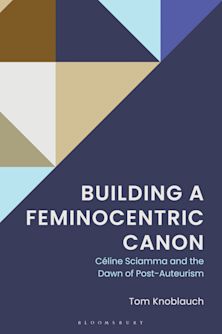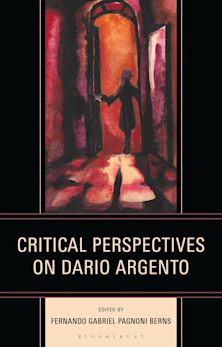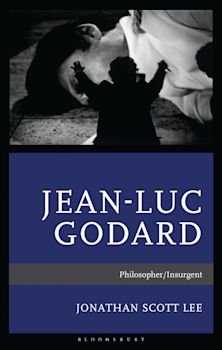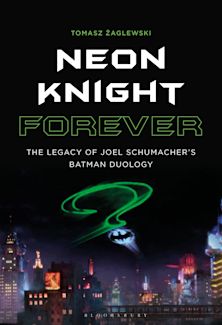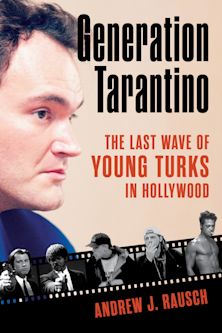- Home
- ACADEMIC
- Film & Media
- Film Directors
- Ritwik Ghatak’s Cinematic Sensibility
Ritwik Ghatak’s Cinematic Sensibility
This product is usually dispatched within 2-4 weeks
- Delivery and returns info
-
Flat rate of $10.00 for shipping anywhere in Australia
You must sign in to add this item to your wishlist. Please sign in or create an account
Description
The Bengali filmmaker, Ritwik Kumar Ghatak (1925-1976), wrote, produced, directed and/or acted in plays, feature films and documentaries in Bengal during the socially and politically tumultuous period from the late 1940s through the mid-1970s. Why Ghatak? Within the contexts of Bengali, Indian and world cinema, Ghatak is considered an innovative, revolutionary master of the cinematic medium who possessed a singular cinematic sensibility. He composed numerous essays on film and filmmaking in English and Bengali. Dozens of interviews have been recorded that present an artist who was contemplative, outspoken, at times misunderstood, at turns obstinate and contradictory.
From his first film, Nagarik (“The Citizen,” 1953) through his final film, Jukti Takko ar Gappo (“An Argument, a Debate, and a Story,” 1974), Ghatak constructed detailed visual and aural filmic commentaries about modern Bengali culture and society. Twice during his lifetime Bengal was physically rent apart – in 1947 with the Partition of India engendered by the departure of the British and in 1971 by the Bangladeshi War of Independence. In Ghatak's films, the ambivalence and contradictions of Bengali society in post-1947, post-Partition, post-Independence India are pointedly portrayed. Against this frequently adverse milieu, Bengal's modern cultural memory, identity, and history are interrogated and continually reassessed in his cinema.
Table of Contents
1: The Roots of Ritwik Ghatak's Cinematic Sensibility
2: The Indian People's Theater Association (IPTA) on Film: (Con)testing Memory and History in the Bengali Theaterscapes, Landscapes and Cityscapes of Komal Gandhar (“E Flat,” 1961)
3: The Exilic Sentiments and Journeying Impulses of Nagarik (“The Citizen,” 1953), Ajantrik (“The Unmechanical,” 1958), and Jukti Takko ar Gappo (“An Argument, A Debate and a Story,” 1974)
4: The Assemblage of “Woman” in the Affective Melodramatic Mode of Meghe Dhaka Tara (“A Cloud-Covered Star,” 1960) and Subarnarekha (“The Golden Line,” 1962)
5: The Reconciliation of “Home” and “Homeland” in Bari Theke Paliye (“Running Away From Home,” 1959) and Titas Ekti Nadir Naam (“A River Called Titas,” 1973)
Conclusion
Bibliography
Index
Product details

| Published | 15 May 2025 |
|---|---|
| Format | Hardback |
| Edition | 1st |
| Extent | 224 |
| ISBN | 9781501359262 |
| Imprint | Bloomsbury Academic |
| Dimensions | 229 x 152 mm |
| Publisher | Bloomsbury Publishing |













